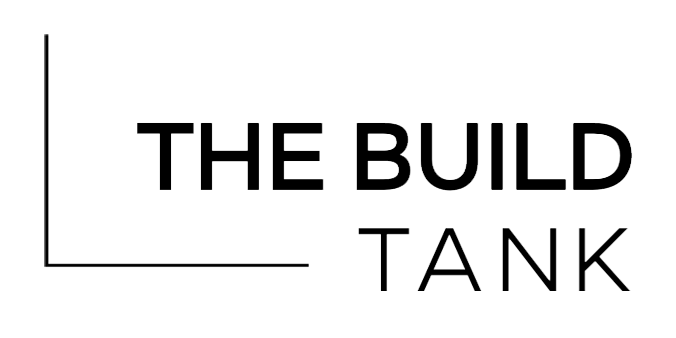Two Great Reasons Not to Combine Digital Products and IT Operations
Don’t combine IT and Digital Products. Don’t do it. They are not the same thing. They require different people. They pull in different directions. Everyone loses.
That said, we have seen enough times that this can be a hard separation to pull the trigger on. So here are a couple great reasons to help you marshal your courage and build your case:
They have different superpowers
They require different mindsets and skillsets (and therefore different people!)
1. They Have Different Superpowers
IT people make things work as they are supposed to work.
Product people are always thinking of new ways to make things better.
The IT superpower is technical proficiency.
The Product superpower is context.
On the digital products side, perhaps the greatest superpower of an excellent product manager is the ability to fully immerse themselves in the organization — to dig into organizational goals, needs, complexities and strategies, to open communication channels, to build trusted relationships, and to understand everything there is to know about what the organization is trying to accomplish as it relates to their product. It means gathering several metric tons of information and context. That level of context is the product manager’s superpower and guiding light, towards wise short and long term priorities and investments.
Traditional IT Operations also has plenty of complexity. However it generally does not require the same level of context. Certainly IT needs to understand what the organization is trying to accomplish, and many parameters relevant to the tool or service they are installing or implementing. What activities will we be using our computers for? What speed and redundancy of our internet connectivity do we need? What is the likely trajectory of our server storage needs? How are we going to deal with digital security threats?
But very likely, IT problems that arise do not require months of conversations and understanding to answer. They need technology specific expertise. But you don’t need to know every single thing about the organization’s strategy, programs, and key players in order to, say, get the internet working again, or select an appropriate email provider service or file sharing system, or to fix it when it goes down.
In fact, an external expert or service provider might very capably be able to solve most IT problems without knowing every detail about your organization‘s complex intersecting strategies, needs, and dynamics. If something operational is broken, it’s not ambiguous. It’s not doing what it’s supposed to do, and the solution is likely extremely similar for your organization as it would be for another organization using the same tool. It’s also not ambiguous when it’s fixed. “Call the Director, the system is back online!” and everyone goes to bed.
That is an entirely different profile than the work of digital products, where context and understanding are the superpower enabling the creation of an ever-evolving strategic and tactical roadmap — building a product that supports and superpowers everyone’s work, a little bit better every single day.
2. Different Mindsets and Skillsets Require Different People
Given this wholesale difference in approach and mandate, it should be no surprise that Digital Products and IT Operations require entirely different mindsets, skillsets, proficiencies, and personalities. If you’re trying to combine them under the same person or even the same team, you’re asking for one or the other to come up short. Generally, IT people have very little interest in digital products, and digital product people have very little interest in IT issues. They’re both typically very happy to hand off duties at the border.
When these duties are combined, both sides suffer, and priorities get dropped. The most common example of this we see is when the crucial long-term oriented strategic work of digital products gets crowded out by IT’s near-term fires with high urgency and importance, but of little concern to long-term strategic outcomes. “The printer isn’t working!” or “our computers have a virus!” are crises that tend to crowd out questions like “Is our website on a path to support the game-changing organizational plans we have for next year?”
When we’re hiring for digital product managers, more than a deeply technical profile we’re looking for strategic orientation and an exceptional level of communication and interpersonal skill along with an adequate level of technical literacy. Naturally, this is a skillset that cannot and must not be outsourced.
When it comes to IT operations, some organizations decide they need internal staff support, but others seem to feel well serviced by a solid external IT provider, a choice which we’re seeing with increasing frequency. Yes, you will still need to put a strategic internal brain on solving IT issues. But if you have a strong external IT partner, the strategic piece can often be provided by a strong manager of Operations, or the leader of the department with the specific need being addressed.
Great digital products, specifically, require a unique type of person, along with access to expert internal and external resources, and a whole lot of time and energy and thoughtfulness. Your organization’s success depends on getting the right people in those roles, and giving them the mandate and the room to run. Cram together this sacred responsibility with traditional IT operations work — with its very different set of priorities, responsibilities, and personality profile — at your peril. But give digital products its own space, and the right type of strategic and tactical magic-makers, and watch as your organization shifts into an entirely new technology orbit.

